|
You are receiving this email because you signed up for the monthly ASI Newsletter.
If you no longer wish to receive these emails you can unsubscribe here
|
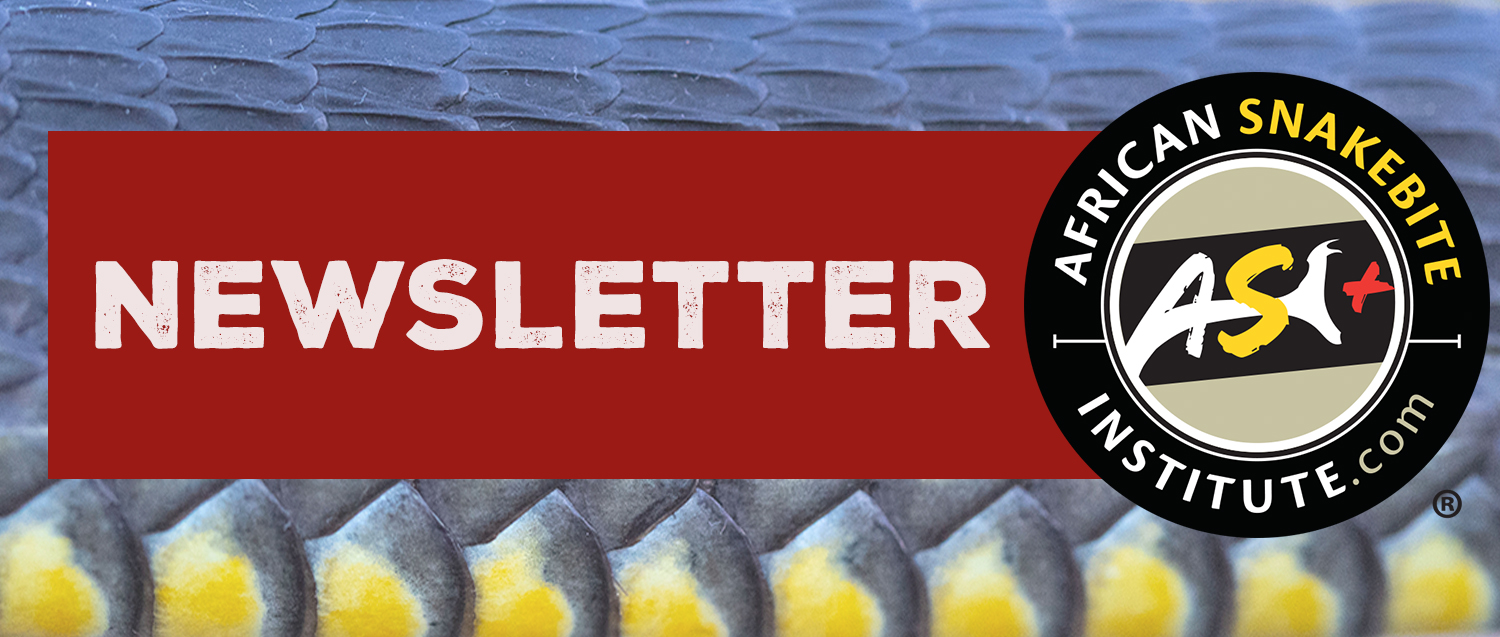 |
|
March 2024 - Scales and Survival – The Importance of Reptiles
By: Rouxzan Cronje
|
|
|
|
|
|
When thinking about reptiles, two main things may come to mind: scales and scary. But what if we told you that a world without reptiles would be even scarier?
|
|
Some people may think that a world without these slithering and scurrying creatures may be better; there would be no more venomous bites or geckos skittering out of nowhere when you least expect it, or primal paranoia as you walk through tall grass. We have so much stress in our daily lives, what if it could be reduced by avoiding all scaly encounters? However, there are plenty of reasons why the world needs reptiles and why we should care that approximately 21% of them are threatened with extinction.1
|
|
The most obvious benefit of reptiles lies in their role within the food chain: serving as both prey and predator. Removing one link from this chain can disrupt the entire ecosystem, and we may lose what some would consider to be more charismatic species.
|
|
|
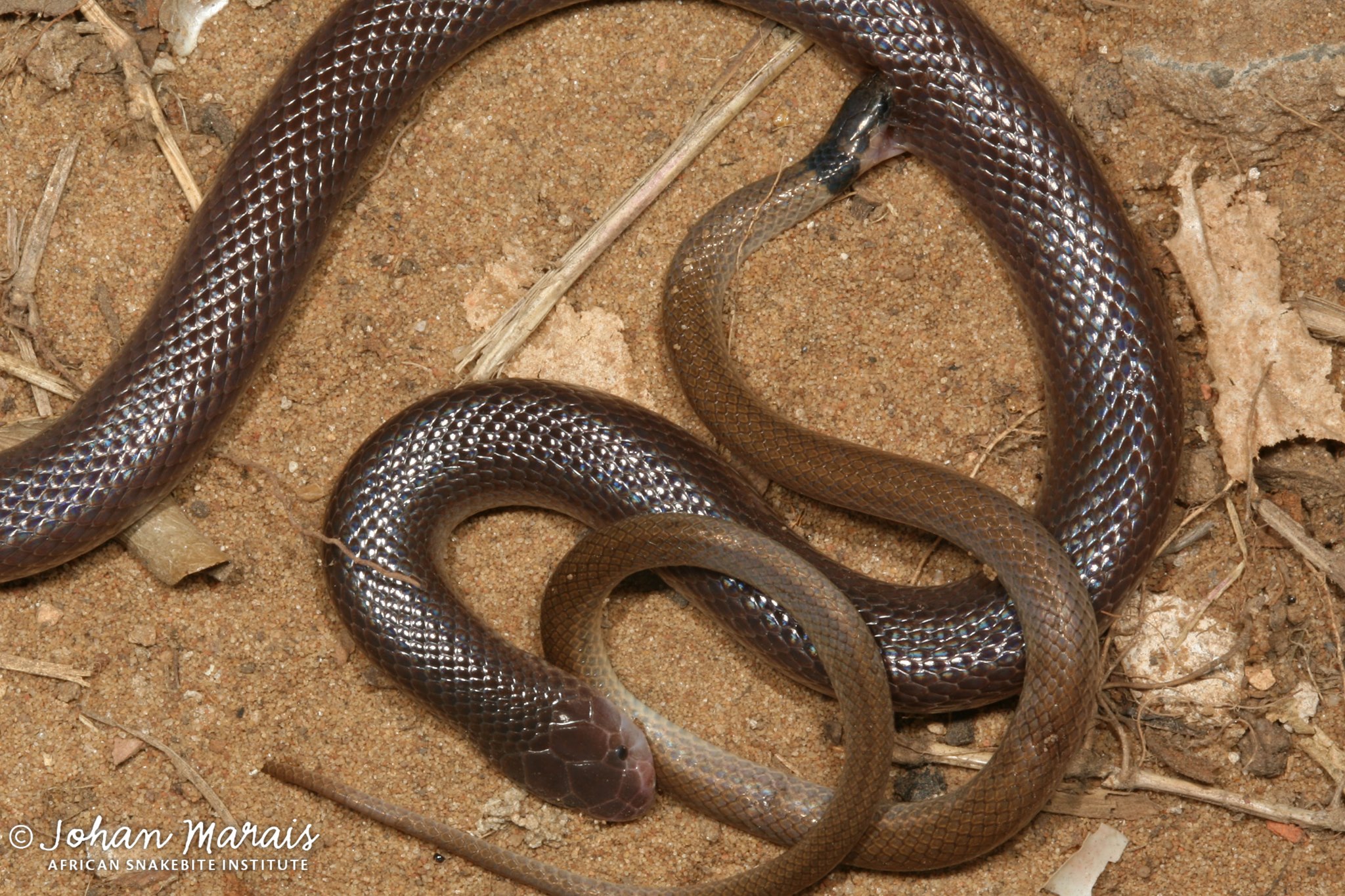 |
|
Bibron's Stiletto Snake (Atractaspis bibronii) eating a Black-headed Centipede-eater.
|
|
|
|
The newest addition to ASI -
My Colouring Book of Snakes by Luke Kemp.
Discover 20 of Africa’s coolest snake species in this all-new colouring book. Learn interesting facts about local species while you get an idea of what colours the snakes really are – and have fun working your way through all 20 snakes
Price R120.00 including free local shipping.
|
| Order here |
|
|
|
Beyond maintaining the ecological balance, the predatory nature of some reptiles benefits us as a form of free pest control. An Australian study highlighted the significant agricultural advantages of brown snakes (Pseudonaja spp.). By consuming rodents, brown snakes mitigate grain loss by thousands of kilograms every year. Moreover, their effectiveness rivals that of rodenticides, which carry adverse impacts on both the environment and human health.2
|
|
|
|
Unlike predatory birds and other carnivores, which may struggle to increase their food intake during periods of rodent explosions, snakes possess the ability to dramatically escalate their consumption. Some species can increase their food intake twenty-fold, thus playing a crucial role in reducing rodent populations.3 For instance, the Brown House Snake (Boaedon capensis) has been observed with up to six mice in its stomach at once.4
|
|
|
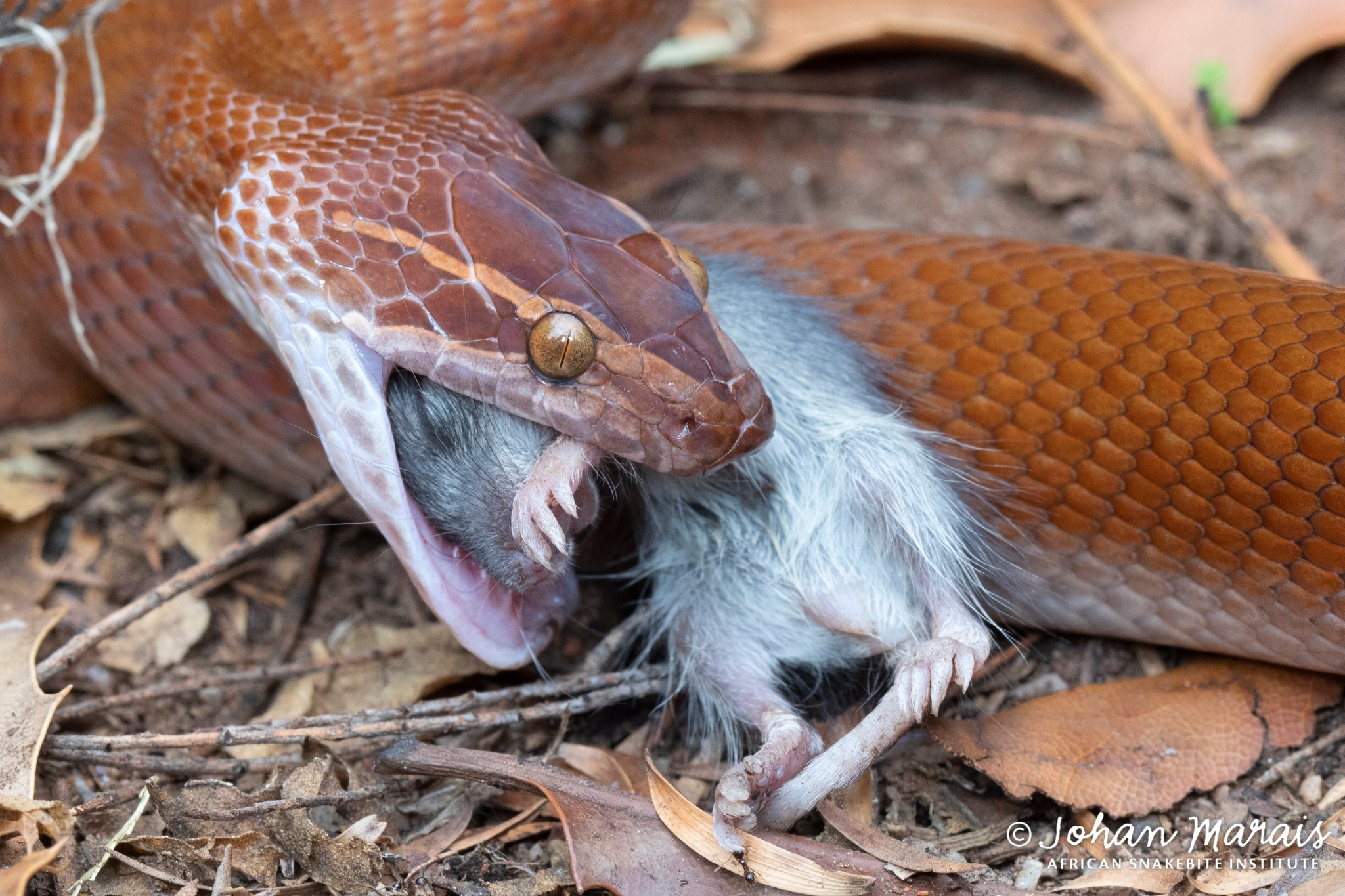 |
|
The common Brown House Snake (Boaedon capensis) is great for rodent control.
|
|
|
|
It is not exclusively the rodent-eating reptiles that aid us, but many other species also consume other pests. Of these, the gardener’s favourite might be the harmless slug-eater snakes (Duberria spp.) or Bibron’s Blind Snake (Afrotyphlops bibronii), which feeds on termites. Your friendly neighbourhood skinks (Trachylepsis spp.) also help, as they eat a variety of insects.
|
|
|
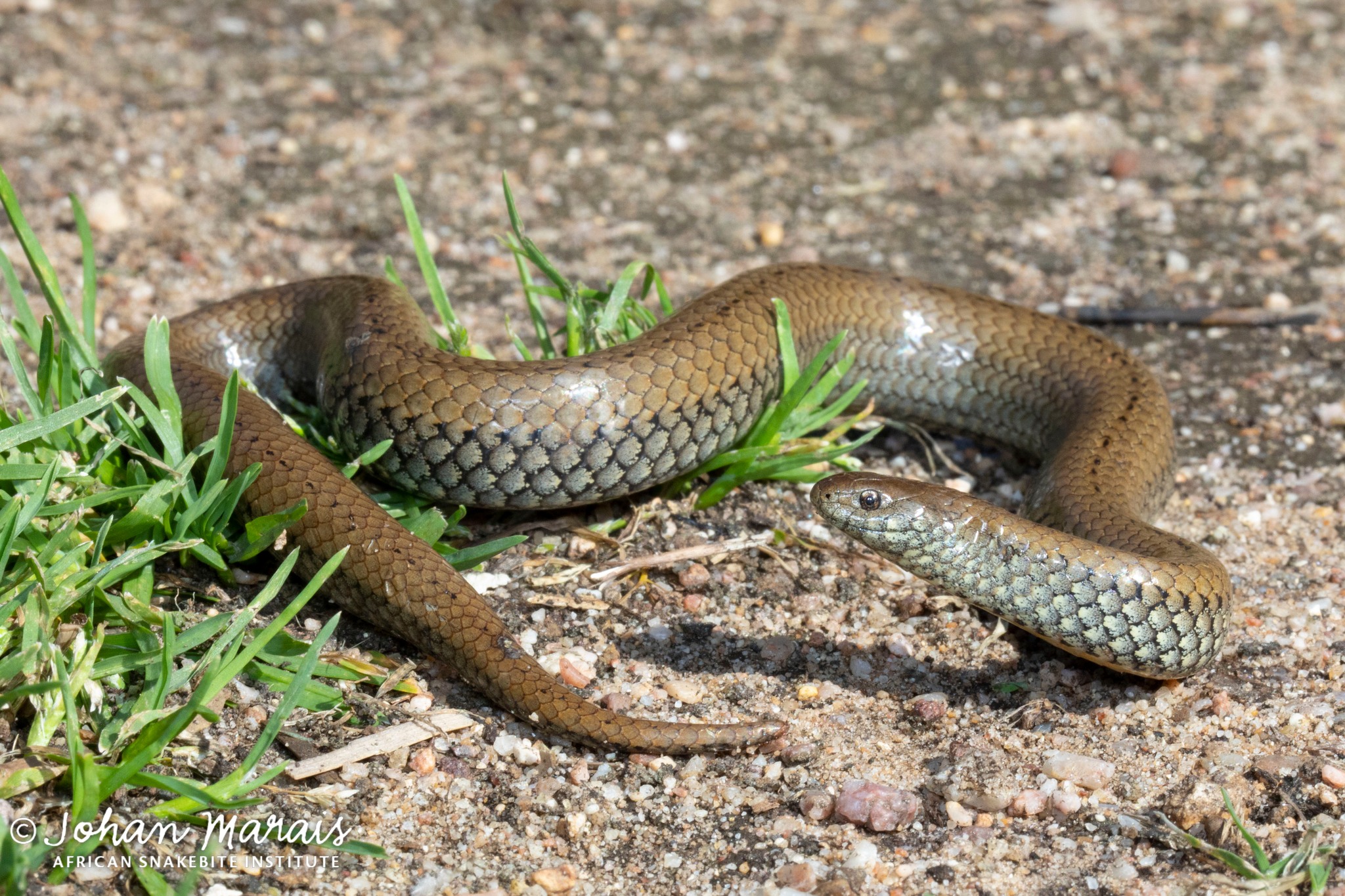 |
|
Common Slug-eater (Duberria lutrix)
|
|
Not only do reptiles help to reduce the number of pests; but they also help to control the spread of disease. A study investigating the timber rattlesnake (Crotalus horridus) of the United States found that these snakes significantly reduce tick numbers by inadvertently consuming them while preying on their rodent hosts, thereby reducing the spread of Lyme disease.5 In southern Africa, rodents may carry infectious agents (viral, bacterial, or protozoal) which can cause a multitude of diseases such as haemorrhagic fever or leptospirosis.6 For all we know, snakes could be saving us from Covid 2.0.
|
|
|
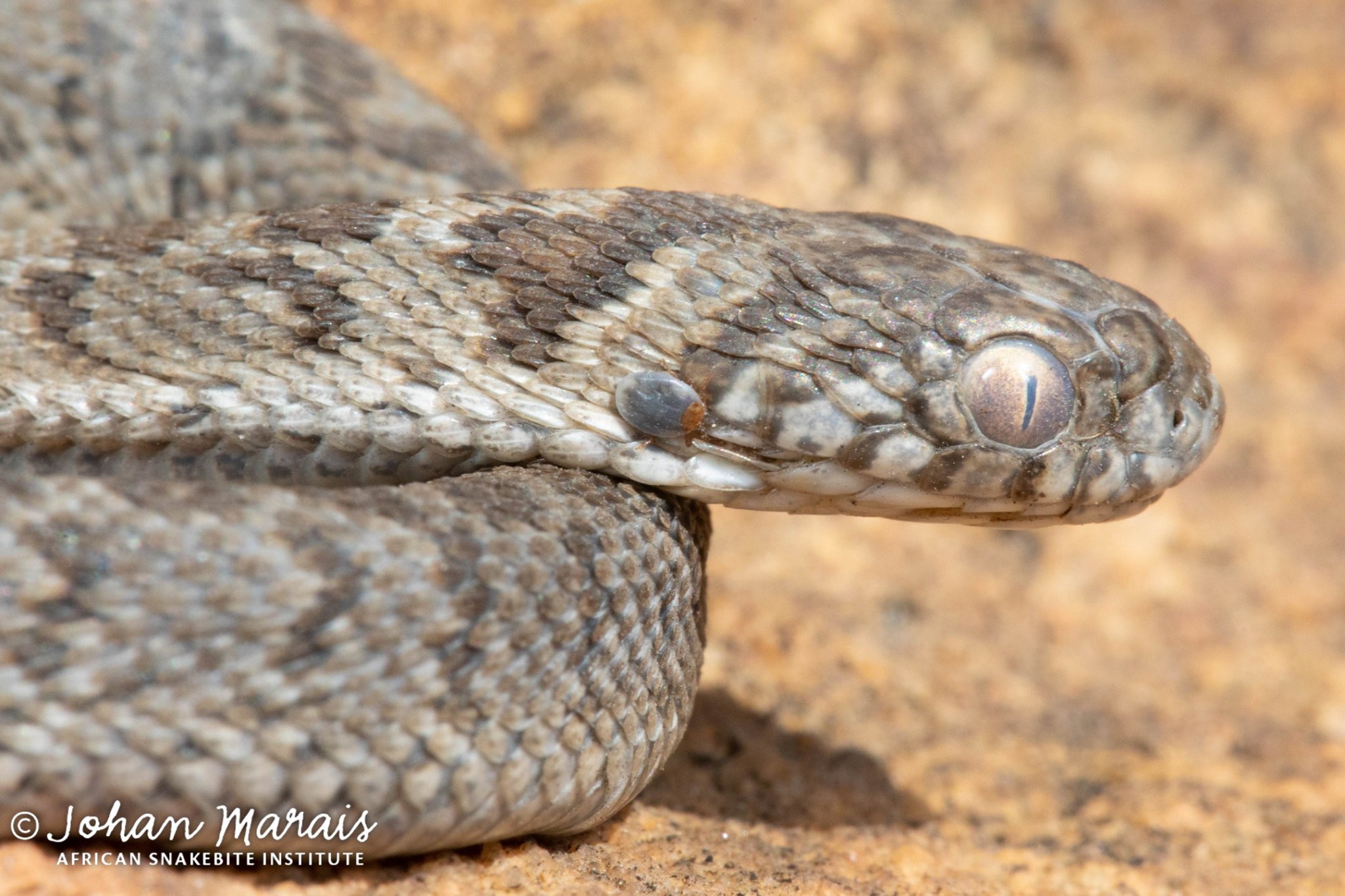 |
|
Common Egg-eater (Dasypeltis scabra) with tick attached. Ticks are often found on reptiles.
|
|
|
|
Snake Tongs!
Snake tongs / Grab Sticks / Snake Grabbers - doesnt matter what you call them - we carry the widest range of quality snake handling equipment in Africa!
From Snakes Tongs and Hooks, to tubes, buckets, posters, stickers, books and a whole lot more!
We dispatch orders via door to door courier daily.
|
| Order here |
|
|
|
Furthermore, these scaled creatures may have a selfless side; they provide shelter for other species. For example, the Arabian spiny-tailed lizard (Uromastyx aegyptia microlepis) creates burrows which provide refuge from the desert heat for a range of species including beetles, other lizards, and even birds.7 In Australia, the sand monitor (Varanus gouldii) digs helical burrows up to 3 metres deep. These burrows can house a plethora of species, including snakes, geckos, skinks, monitors, frogs, including toads, scorpions, centipedes, beetles, ants, and marsupials, sometimes in great numbers.8
|
|
|
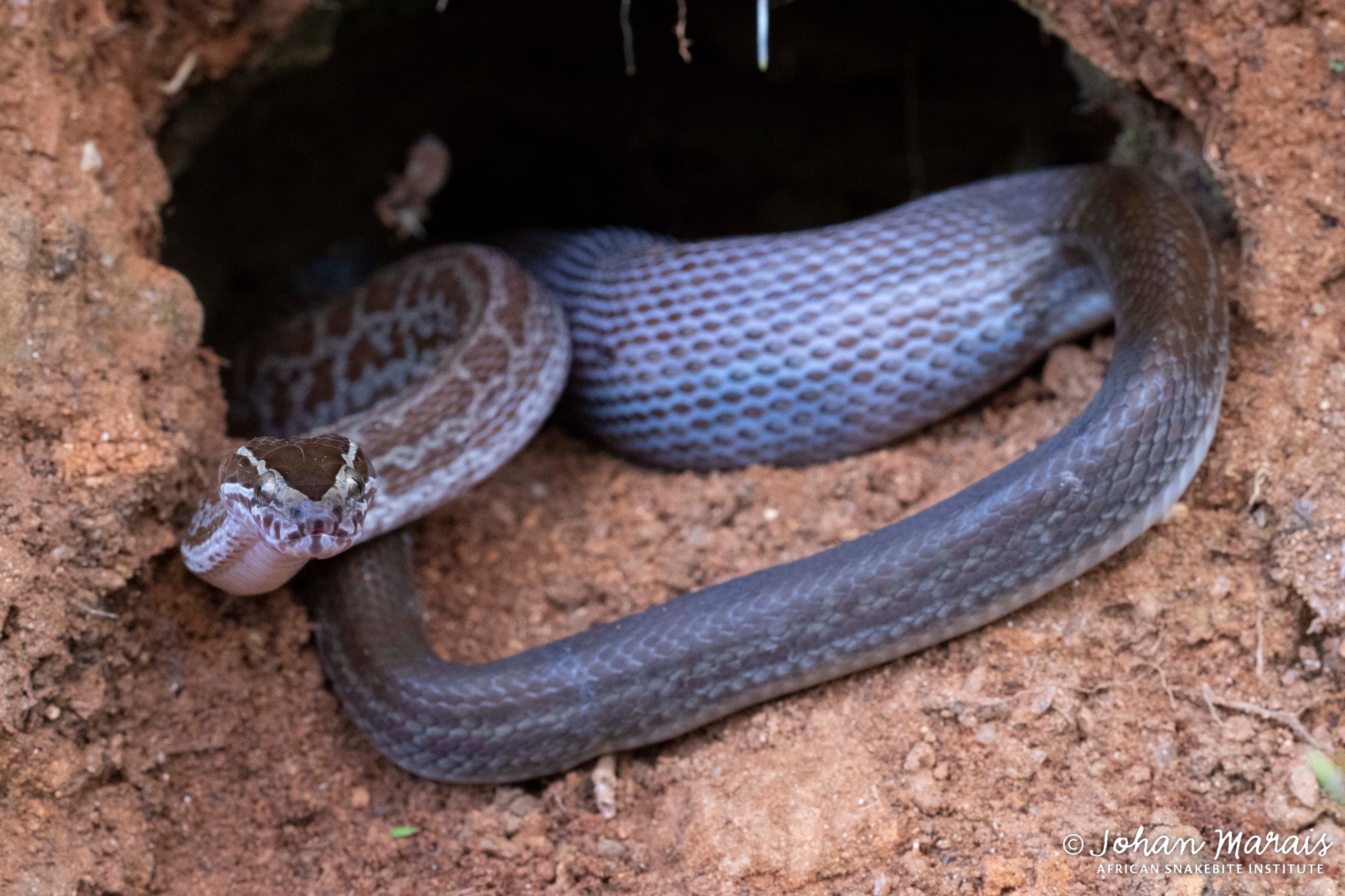 |
|
Brown House Snake (Boaedon capensis) in a burrow.
|
|
|
|
Burrows are not just a cool place to “chill-out”; those dug by alligators (Alligator mississippiensis) offer an additional advantage. These holes accumulate and retain water during the dry seasons, serving as essential sanctuaries for various animals, including fish and invertebrates. Alligators maintain these ponds through their movement, preventing excessive algae and vegetation growth. Moreover, their activity disturbs sediment, releasing nutrients into the water.9
|
|
In addition to offering refuge, the burrows created by reptiles serve another purpose. Sand monitors (Varanus gouldii), for example, create pits while foraging that catch plant litter and seeds. This action fosters the formation of fertile patches, which promote seed germination. The process involves trapping litter beneath layers of soil, which enhances the breakdown of organic material, releasing carbon and nitrogen into the soil - an essential resource often scarce in desert environments.8
Another advantage of reptiles is their ability to serve as both seed dispersers and pollinators.10 For example, the Karoo Padloper (Chersobius boulengeri) feeds on a large variety of plants and helps to deposit seeds in favourable spots; where there is shade and run-off water, a key factor for seedling survival in arid environments.11 Therefore, reptiles not only contribute to soil fertility but also assist in seed dispersal.
Furthermore, studies on multiple tortoises indicate that the passage of seeds through their digestive tracts may increase seed germination.12-14 This was an important aspect for motivating the introduction of the Aldabra tortoise (Aldabrachelys gigantea) to Mauritius after the extinction of their native species (Cylindrapsis inepta and C. triserrata). This reintroduction showcases the important role of tortoises in the ecosystem.
Other reptiles also play roles in plant ecology, such as the Drakensberg Crag Lizard (Pseudocordylus melanotus subviridis) which carries pollen on its snout after feeding on flower nectar.15
|
|
|
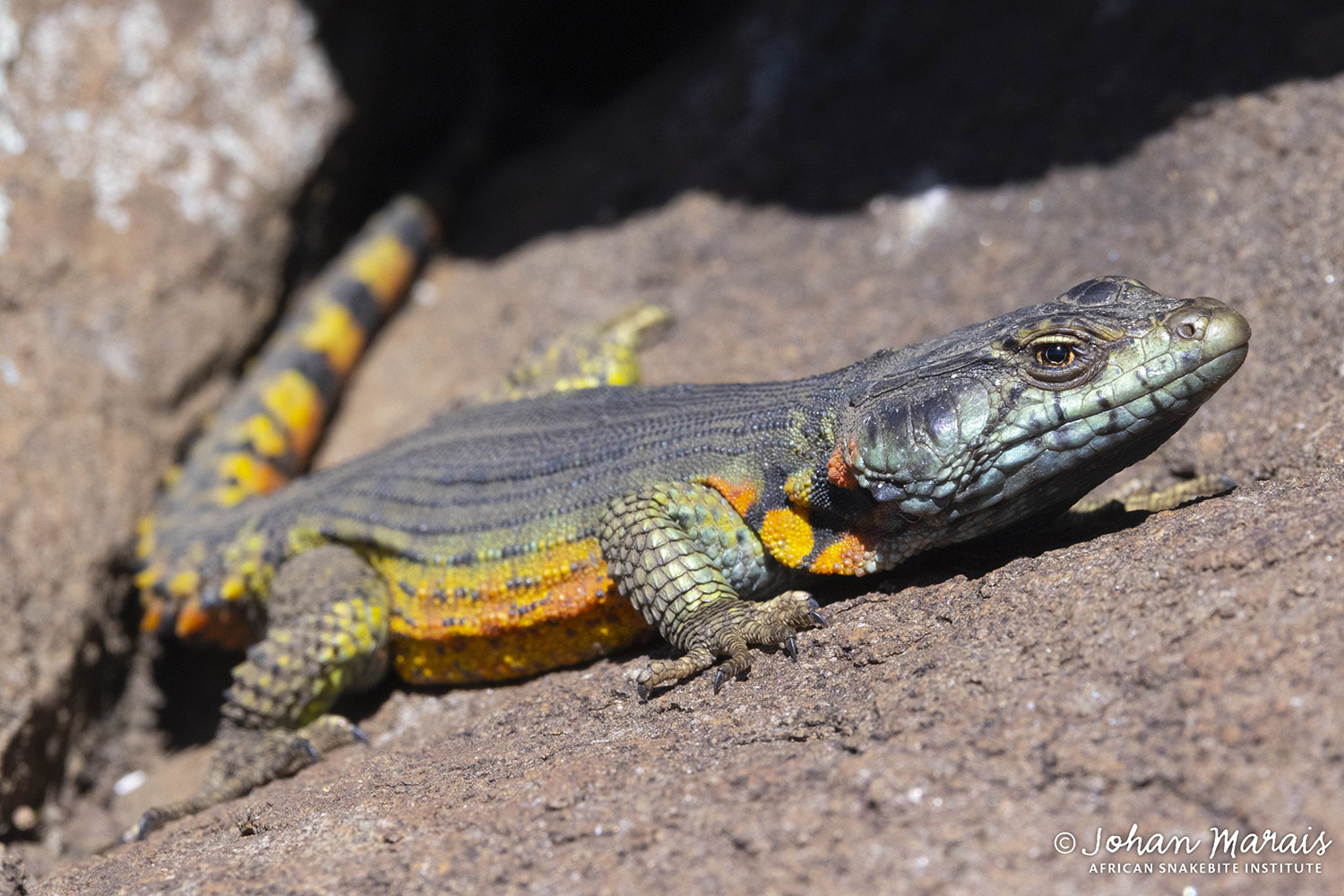 |
|
Drakensberg Crag Lizard (Pseudocordylus melanotus subviridis)
|
|
To sum up, reptiles play numerous significant roles. They influence plant species, animal populations, disease transmission, and ecosystem engineering, to name a few. With over 500 species in southern Africa and more than 12,000 worldwide, we've merely scratched the surface of their impact.
Perhaps next time you encounter a scaly friend, instead of feeling fear, consider the consequences of a world without reptiles. Their absence would not only leave herpers heartbroken but would also result in catastrophic ecological effects akin to removing a keystone block from a Jenga tower.
You don’t have to like reptiles, but it is important to respect them and their crucial role on this beautiful planet we call home.
|
|
|
|
Sterling Silver Adjustable Snake Ring
A simple and elegant dainty piece for serious snake lovers.
Adjustable – so one size fits all.
Limited stock available.
Price R270.00
|
| Order here |
|
|
|
References:
1. Cox N, Young BE, Bowles P, Fernandez M, Marin J, Rapacciuolo G, et al. A global reptile assessment highlights shared conservation needs of tetrapods. Nature. 2022; 605(7909):285-90.
2. Shine R, Dunstan N, Abraham J, Mirtschin P. Why Australian farmers should not kill venomous snakes. Animal Conservation. 2023.
3. Johan Marais
4. African Snakebite Institute [Internet]. Snakes and feeding. 2018. Available from: https://www.africansnakebiteinstitute.com/news/newsletters/asi-newsletter-snakes-and-feeding/.
5. Kabay E, Caruso N, Lips K. Timber rattlesnakes may reduce incidence of Lyme disease in the Northeastern United States. 2013.
6. Gratz NG. The burden of rodent-borne diseases in Africa south of the Sahara. 1997.
7. Wilms T, Wagner P, Lutzmann N, Böhme W. Aspects of the ecology of the Arabian spiny-tailed lizard (Uromastyx aegyptia microlepis Blanford, 1875) at Mahazat as-Sayd protected area, Saudi Arabia. Salamandra. 2010; 46:131-40.
8. James AI, Eldridge DJ, Hill BM. Foraging animals create fertile patches in an Australian desert shrubland. Ecography. 2009; 32(5):723-32.
9. Strickland BA, Flood PJ, Kline JL, Mazzotti FJ, Heithaus MR, Trexler JC. An apex predator engineers wetland food-web heterogeneity through nutrient enrichment and habitat modification. Journal of Animal Ecology. 2023; 92(7):1388-403.
10. de Miranda EBP. The plight of reptiles as ecological actors in the tropics. Frontiers in Ecology and Evolution. 2017; 5 doi:10.3389/fevo.2017.00159
11. Loehr VJT, Keswick T, Barten N. Karoo dwarf tortoises (Chersobius boulengeri) prefer and disperse doll's roses (Hermannia spp.). Journal of Arid Environments. 2023; 219:105094.
12. Setlalekgomo M, Sesinyi K. Seed dispersal by serrated tortoises (Psammobates oculiferus) and the effect of their gut passage on seed germination. Scientific Journal of Animal Science. 2014; 3:252-7.
13. Cobo M, Andreu AC. Seed consumption and dispersal by the spur-thighed tortoise Testudo graeca. Oikos. 1988; 51:2676-273.
14. Moolna A. Preliminary observations indicate that giant tortoise ingestion improves seed germination for an endemic ebony species in Mauritius. African Journal of Ecology. 2008; 46.
15. Cozien RJ, van der Niet T, Johnson SD, Steenhuisen S-L. Saurian surprise: Lizards pollinate South Africa's enigmatic hidden flower. The Bulletin of the Ecological Society of America. 2019; 100(3):e01554.
|
 |
|
|
|
GAUTENG
MULDERSDRIFT
Snake Awareness, First Aid for Snakebite and Venomous Snake Handling Course
Date: Saturday 06 April 2024
Venue: Cradle Moon Lakeside Lodge, Muldersdrift
|
|
|
| Book here |
|
|
|
GAUTENG
MULDERSDRIFT
Kids' Snake Awareness Session
Date: Saturday 06 April 2024
Venue: Cradle Moon Lakeside Lodge, Muldersdrift
|
|
|
| Book here |
|
|
|
GAUTENG
MULDERSDRIFT
Venomous Snake Handling Bootcamp
Date: Sunday 07 April 2024
Venue:Cradle Moon Lakeside Lodge, Muldersdrift
|
|
|
| Book here |
|
|
|
WESTERN CAPE
KLAPMUTS
Snake Awareness, First Aid for Snakebite and Venomous Snake Handling Course
Date: Saturday 13 April 2024
Venue: Exotic Animal World, Klapmuts, Western Cape
|
|
|
| Book here |
|
|
|
WESTERN CAPE
KLAPMUTS
Venomous Snake Handling Bootcamp
Date: Sunday 14 April 2024
Venue: Exotic Animal World, Klapmuts, Western Cape
|
|
|
| Book here |
|
|
|
WESTERN CAPE
KLAPMUTS
Kids' Snake Awareness Course
Date: Sunday 14 April 2024
Venue: Exotic Animal World, Klapmuts, Western Cape
|
|
|
| Book here |
|
|
|
|
|
|
|
Johan Marais is the author of various books on reptiles including the best-seller A Complete Guide to Snakes of Southern Africa. He is a popular public speaker and offers a variety of courses including Snake Awareness, Scorpion Awareness and Venomous Snake Handling. Johan is accredited by the International Society of Zoological Sciences (ISZS) and is a and SASTM (South African Society of Travel Medicine) - approved service provider. His courses are also accredited by the HPCSA (Health Professions Council of South Africa). Johan is a qualified instructor for the Emergency Care & Safety Institute in Oxygen Administration and Wilderness First Aid and a qualified Basic Life Support instructor.
|
 |
|
Copyright © 2024 African Snakebite Institute, All rights reserved.
Our mailing address is:
admin@asiorg.co.za
unsubscribe from this list
|
|
|
|
|